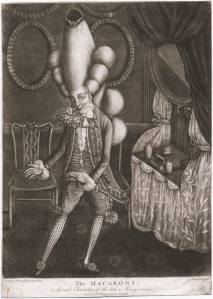VICTORIAN FASHION
Victorian fashion includes the different
fashion and treands in British culture that emerged and developed in the United
Kingdom and the British Empire all through the Victorian period, around 1830s
to 1900s. The period saw numerous adjustments in design, incorporating changes
in apparel, architecture, writing, and the decorative and visual arts.

Women
In the 1840s and 1850s, women's outfits
had wide puffed sleeves. Dresses were basic and pale, and incorporated flower
trimmings. Underskirts, bodices, and chemises were worn under outfits. By the
1850s the number of petticoats was reduced to be superseded by the crinoline,
and the size of skirts extended. Day dresses had a strong bodice and night
outfits had a low neckline and were worn off the shoulder with shawls.
In the 1860s, the skirts flatter at the
front and projected out from behind. Day dresses had wide pagoda sleeves and
high necklines with trim or tatted collars. Night dresses had low necklines and
short sleeves, and were worn with short gloves, fingerless lace or sewed
gloves.
In the 1870s, un-corseted tea outfits
emerged for informal entertaining at home. Bustles were used to replace the
crinoline to hold the skirts up behind the woman, even for "seaside
dresses".
In the 1880s, riding habits had a
matching jacket and skirt (without a bustle), a high-collared shirt or
chemisette, and a top hat with a veil. Hunting costumes had draped ankle-length
skirts worn with boots or gaiters. Clothing worn when out walking had a long
jacket and skirt, worn with the bustle, and a small hat or bonnet. Travelers
wore long coats like dusters.
In the 1890s, Women's wear in the last decade
of the Victorian time was described by high collars, held in place by neckline
stays, and stiff steel boning in long line bodices. At this point, there were
neither crinolines nor bustles.

Men
During the 1840s, men wore tight-fitting, calf length frock coats and
a waistcoat or
vest. The vests were single- or double-breasted, with shawl or notched collars,
and might be finished in double points at the lowered waist. For more formal
occasions, a cutaway morning coat was worn with light trousers during the
daytime, and a dark tail coat and trousers was worn in the evening.
During the 1850s, men started wearing shirts with high upstanding
or turnover collars and four-in-hand neckties tied
in a bow, or tied in a knot with the pointed ends sticking out like
"wings".
In the 1860s, men started wearing wider neckties that were
tied in a bow or looped into a loose knot and fastened with a stickpin. Frock
coats were shortened to knee-length and were worn for business, while the
mid-thigh length sack coat slowly displaced the frock coat for less-formal
occasions.
During the 1870s, three-piece suits grew in popularity along with
patterned fabrics for shirts. Neckties were the four-in-hand and, later, the Ascot ties.
uring the 1880s, formal evening dress remained a dark tail coat
and trousers with a dark waistcoat, a white bow tie, and a shirt with a winged
collar. In mid-decade, the dinner jacket or tuxedo, was used in more relaxed formal occasions.

Starting from the 1890s, the blazer was introduced, and was worn for sports, sailing, and
other casual activities.


















